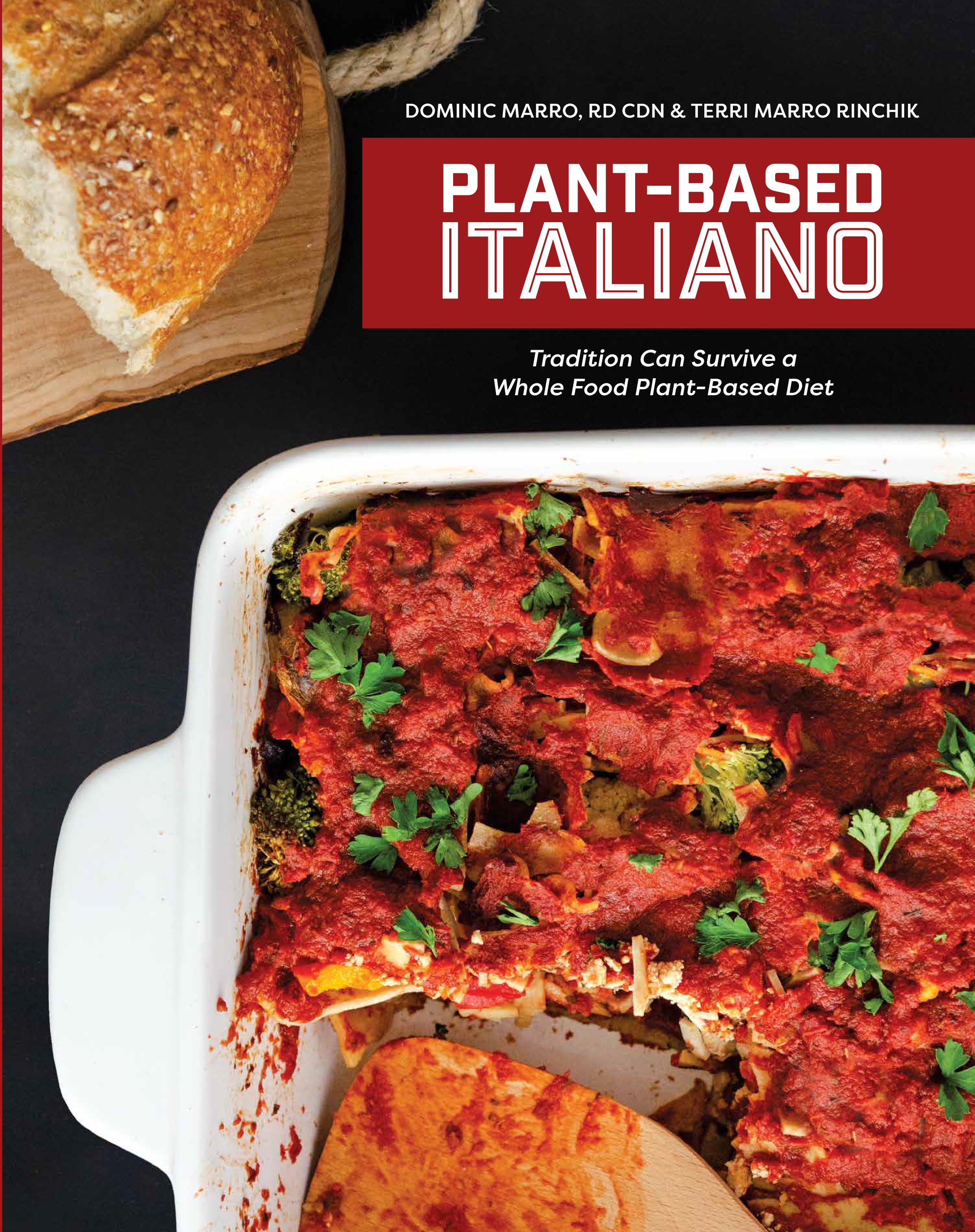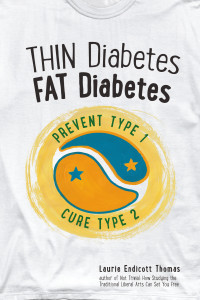Dining Out Tips For Those Following Whole Food Plant-Based Diets
Finding compliant meals when dining out is probably the most daunting challenge when following a whole food plant based (WFPB) diet. WFPB Educator and Plantastic Life team member Deb Bellerose shares some great tips to consider when you find yourself in situations that require eating at restaurants.
_________________
Restaurants are in business to make a profit. The more salt and oil in the food, the more food you will eat. Restaurants use more salt than you can imagine – much more than you would use at home.
Unless you are ordering a plain salad, a plain baked potato, steamed vegetables or fruit, the likelihood of getting a salt-free or even reduced sodium meal is slim to none. Culinary schools do not teach their students how to prepare food without salt. Much like the processed food industry, restaurants use the perfect combination of salt, fat and sugar that will keep you coming back for more.
The same goes for oil. Since the majority of the public still believes that olive oil is “good for your heart”, and since chefs are taught to cook everything in oil, pretty much everything in a restaurant is cooked in oil or with oil. Most food is prepared ahead of time and is not cooked to order, so again, unless you are ordering the above dishes, your food will most likely be cooked with oil.
However, there are ways around this. Many ethnic restaurant dishes are already “plant-based” dishes:
- Pasta Primavera
- Mushroom stuffed raviolis
- Pasta Fagioli
- Brown rice loaded with steamed vegetables
- Burritos (customize your own without the meat and cheese)
- Tacos (customize)
- *Indian Dishes (loaded with vegetables, rice, etc..)
- Japanese cuisine (minus the meat)
- Steak House (loaded baked potato with a few different plant-based sides)
*Mary McDougall discourages people from frequenting Indian Restaurants. Most of the dishes are prepared in advance and are loaded with oil and/or ghee.
Let The Internet Help You
Many restaurants have their menu on-line. Check ahead for their healthier options. You can certainly ask that food be prepared without oil, but there are no guarantees.
You may also want to check out some vegan restaurants as many are popping up all over. However, keep in mind that most of these restaurants will also be cooking with a lot of oil, salt and sugar – just because it’s a vegan restaurant doesn’t mean it’s healthy.
There is a website called happycow.net that gives you all the vegan and vegetarian restaurants in different cities all over the US. There is an app available that can be downloaded onto your phone for instant access.
Cooking your food at home is optimal – you have control of all of the ingredients that you will be using. However, many people love to go out to dinner – so just know that there are options. It is not totally impossible to eat in a restaurant and eat a healthy plant-based dish. Just remember, it is likely that most dishes will be loaded with salt, oil and/or sugar.
The 14 Great Tips To Follow When Dining Out.
- Don’t Be a Meek Consumer
Dining out is no time to be a meek consumer. You need to be an assertive consumer by asking for changes to the menu. For example, if an item is fried, ask for it to be grilled. Ask for vegetables with no oil or butter. Ask for a plain baked potato or portabella sandwich, even if they are not listed menu items. Just assume that you can have the food prepared the way you want it. Very often, the restaurant will accommodate your request. Please remember to be both assertive and respectful with all requests.
- Ask How The Food Was Prepared; Don’t Go By The Menu.
Cholesterol-free does not mean fat-free; the dish could still be filled with calorie-dense oil. “Lite” doesn’t necessarily mean light in calories or fat.
- Order a Salad Before Ordering Anything Else On The Menu.
Eating a salad before your enter will usually result in eating fewer calories overall
- Remember, Salads Shouldn’t Be Fatty.
This is a vegetable course, so keep it tasty, but healthy. Avoid creamy sauces, bacon bits, oil, croutons, fried noodles etc. If it’s a salad bar, load up on fruits, veggies and raw nuts.
- Watch the Add-ons to Vegetable Salads.
Stick to vegetables and fruit. Skip the add-ons like meats and cheeses.
- Dip The Fork
The best way to keep your salad healthy is to use low calorie dressing like balsamic vinegar or raspberry vinaigrette. If the only choice is not a low calorie dressing, ask for the dressing on the side. Dip the tip of your empty fork into the dressing, then skewer a forkful of salad. You will be surprised to see how little dressing you need for a tasty salad.
- Hold Off On Eating Any Bread Until After You’ve Eaten Your Salad
You want to make sure that you don’t fill up on bread before eating your salad/entrée.
- Top Baked Potato With Veggies From The Salad Bar
If you like salsa, ask the waiter for a small bowl on the side. Both veggies and salsa are healthy and tasty choices. Avoid the butter, sour cream, cheese and bacon.
- Drink Water Throughout The Meal
It will slow you down, help you enjoy your food more, and let the message get to your brain that you’re full before your plate is empty. Try putting lemon slices in your water or substitute unsweetened tea. Avoid sweetened drinks.
- Always Dress Up To Go Out
If you view eating out as an event or a treat, rather than as a way to get an everyday dinner, you won’t eat out as often. That is good from both a health and cost standpoint.
- Skip The Dessert
You can always eat a healthy dessert at home
- Ask for Whole Wheat Bread For Sandwiches
This article explains why whole grains are important.
- Choose Main Dishes That Include Vegetables Such As, Stir Fries, Kebobs and Pasta with Tomato Sauce
Remember to ask how these dishes are prepared.
- On Long Commutes Or Shopping Trips
Pack some fresh fruit, cut-up vegetables, or oil-free hummus sandwiches to keep you from stopping for sweet and fatty snacks.
For additional dining out tips, check out this wonderful video by Mary McDougall.
You may also like this Mary McDougall video on meal planning. (I was happy and surprised to discover, at 59:50 of the video, that our web site is listed in Dr. McDougall’s latest book “The Healthiest Diet On The Planet” as one of their favorite vegan web sites!) Thanks to registered dietitian Kim Woloszyn for pointing this out to me.
Please feel free to use the comment section to share your favorite dining out tips.






 E Excerpt from Laurie Endicott Thomas’s amazing book Thin Diabetes – Fat Diabetes by clicking here!
E Excerpt from Laurie Endicott Thomas’s amazing book Thin Diabetes – Fat Diabetes by clicking here!
What do you use to cook your food in? Can you use virgin oil? What kind of oil can you use to food with?
Hey Telitha,
NO OIL!
Use water or low-sodium veggie broth to “sauté” your veggies.
Email me at plantasticlife@gmail.com and I will send you a free document that will provide more detailed guidance.
Is Chipotle a good choice?
I have been vegan for 1 year & 9 months but I am am new to wfpb. I am having a hard time making food interesting for my kids. They are getting bored the “same” dinner and rarely a snack or dessert